AI音声解説※一部単語の読み間違いがございます。ご了承ください。
解説 / Description
「イエローベリーダムセル」は、日本国内で流通するスズメダイ科の魚ですが、その名称には注意が必要です。市場では学名が不詳(Pomacentrus sp.)のまま販売されることがあり、飼育者がその魚の本当の性質(攻撃性や最大体長)を知ることができないという深刻なリスクが存在します。 “Yellow-belly Damsel” is a name used in the Japanese ornamental fish market, but it requires caution. The fish is often sold with an unidentified scientific name (Pomacentrus sp.), posing a serious risk as aquarists cannot know its true nature (aggression, max size).
分類学的な根拠や分布域から、この流通名の正体は、温和な性質を持つ「ゴールドベリーダムセル」(Pomacentrus auriventris)である可能性が極めて高いです。しかし、外見が酷似し、かつ「Yellow-bellied」と呼ばれることがある非常に攻撃的な種(Chrysiptera hemicyanea など)と混同される危険性もあります。 Based on taxonomy and distribution, its true identity is highly likely the “Goldbelly Damsel” (Pomacentrus auriventris), which is known for its peaceful nature. However, there is a significant risk of confusion with visually similar, highly aggressive species (like Chrysiptera hemicyanea) that are also sometimes called “Yellow-bellied.”
本図鑑ページでは、この温和な種である Pomacentrus auriventris を「イエローベリーダムセル」の正体として、その詳細な飼育方法や生態について解説します。 This guide will assume the “Yellow-belly Damsel” is the peaceful Pomacentrus auriventris and will detail its specific care and biology.
基本情報 / Basic Information
| 学名 / Scientific Name | Pomacentrus auriventris (Allen, 1991) |
|---|---|
| 通称 / Common Name | イエローベリーダムセル、ゴールドベリーダムセルYellow-belly Damsel, Goldbelly Damsel |
| 分類 / Family | スズキ目 スズメダイ科 ポマケントルス属Pomacentridae (Damselfish) |
| 英名 / English Name | Goldbelly damsel, Yellow-belly damsel |
| 分布 / Distribution | 西部中央太平洋(インドネシア、フィリピン、ミクロネシア、インド洋のクリスマス島など)Western Central Pacific (Indonesia, Philippines, Micronesia, Christmas Island in the Indian Ocean, etc.) |
| 最大体長 / Max Size | 約 5.5cm – 7cmApprox. 5.5cm – 7cm (2.2 – 2.8 inches) |
| 寿命 / Lifespan | 一般的な小型スズメダイに準じ、飼育下で数年程度。Several years in captivity, similar to other small damselfish. |
飼育環境 / Aquarium Environment
| 水槽サイズ / Tank Size | 単独飼育であれば60cm規格水槽(約60L)から可能。混泳や複数飼育の場合は、十分な隠れ家を配置できる90cm規格水槽(約180L)以上を強く推奨します。A 60cm tank (approx. 60L) is possible for a single fish. For multiple fish or a community tank, a 90cm tank (approx. 180L) or larger is strongly recommended to provide ample hiding spots. |
|---|---|
| 水温 / Temperature | 24~27℃ |
| 水質 / Water Quality | 安定したリーフタンク環境が理想。比重 1.020~1.025。ワイルド個体(WC)のため、導入初期は特に清浄な水質を維持することが重要です。A stable reef tank environment is ideal. Specific gravity 1.020-1.025. Maintaining pristine water quality is crucial, especially for wild-caught (WC) specimens upon introduction. |
| レイアウト / Layout | 野生下での生息地である「瓦礫(ラブル)のスロープ」を模倣し、身を隠せる複雑なライブロックやシェルターを多く配置してください。Mimic its natural habitat of “rubble slopes” by providing plenty of complex live rock and hiding spots. |
| 注意点 / Precautions | 最重要:安価なワイルド個体(WC)は、ブルックリネラ症やウーディニウム症など、致死性の高い病気の潜在的キャリアです。本水槽に入れる前に、最低4週間の独立した検疫(トリートメント)タンクでの観察が必須です。CRITICAL: Inexpensive wild-caught (WC) fish are potential carriers of highly lethal diseases (e.g., Brooklynella, Velvet). A mandatory minimum 4-week quarantine in a separate treatment tank is essential before introduction to the main display. |
餌と給餌 / Feeding
| 餌の種類 / Diet | 雑食性。冷凍フード(イサザアミ、コペポッドなど)と、栄養バランスの取れた高品質な人工飼料(顆粒やフレーク)を組み合わせて与えます。Omnivore. Feed a varied diet combining frozen foods (mysis shrimp, copepods) and high-quality artificial pellets or flakes. |
|---|---|
| 給餌のポイント / Feeding Tips | スピルリナなど植物質を含む餌をローテーションに加えることは、長期的な健康維持に有効です。1日に数回、少量ずつ与えてください。Including plant matter (like Spirulina-based foods) in the rotation is beneficial for long-term health. Feed small amounts multiple times per day. |
性格と混泳 / Temperament and Tank Mates
| 性格 / Temperament | スズメダイ科の中では例外的に「温和 (peaceful)」と評される種です。ただし、産卵期に卵を保護しているオスは、巣に近づくものに対し攻撃的になります。Considered exceptionally “peaceful” for a damselfish. However, males guarding eggs will become highly aggressive towards intruders near the nest. |
|---|---|
| 混泳の相性 / Compatibility | サンゴを捕食しないため、リーフタンクに最適です。同種や似た形状の魚(他のスズメダイ、一部のドティーバックなど)には攻撃性を示す可能性があるため、隠れ家を多くしてください。複数飼育を試みる場合は、必ず全個体を同時に水槽に導入してください。Reef safe (does not eat coral). Can be territorial with its own kind or similar-looking fish (other damsels, some dottybacks); provide ample hiding spots. If keeping multiple, add them all to the tank simultaneously. |
病気と対策 / Diseases and Prevention
| かかりやすい病気 / Common Diseases | 輸送ストレスを経たワイルド個体は特に注意。ブルックリネラ症(体表に白い粘液)、ウーディニウム症(金粉状の点、進行が速い)、海水性白点病(塩の粒状の点)が代表的です。Wild-caught fish post-transport are highly susceptible. Common diseases include Brooklynellosis (white slime on body), Marine Velvet (Amyloodinium – gold dust, rapid progression), and Marine Ich (Cryptocaryon – salt-like grains). |
|---|---|
| 対策と予防 / Prevention | 検疫が最大の予防策です。独立した病院タンクでの最低4週間の観察と、必要に応じた薬浴(ブルックリネラにはホルマリン、ウーディニウムや白点病には硫酸銅)が不可欠です。Quarantine is the best prevention. A minimum 4-week observation in a separate hospital tank, with treatment as needed (Formalin for Brooklynella, Copper for Velvet/Ich), is essential. |
増やし方(繁殖) / Breeding
| 繁殖形態 / Reproduction | 卵生。ペアを形成し、オスが基質に産み付けられた沈性卵を孵化するまで保護します。Oviparous (egg-layer). Forms distinct pairs. The male guards and aerates the demersal (adhesive) eggs on a substrate until they hatch. |
|---|---|
| 繁殖のポイント / Breeding Tips | 飼育下での産卵は比較的容易とされます。しかし、孵化直後の幼生(アルトリシアル幼生)は口が極めて小さく(150-200µm)、ワムシを食べられません。育成にはコペポッドのノープリウス幼生など、さらに微細な初期飼料の安定培養が必須となり、趣味でのハードルは非常に高いです。Spawning in captivity is relatively achievable. However, raising the fry is extremely difficult. The newly hatched “altricial larvae” have tiny mouths (150-200µm) and cannot eat rotifers. They require stable cultures of even smaller live foods, like copepod nauplii. |
雑学と豆知識 / Trivia and Fun Facts
| 1. 「イエローベリー」の致命的な罠 / 1. The “Yellow-belly” Trap | 「イエローベリー」という呼称には、温和な本種(*P. auriventris*)と、外見が酷似し「地獄のように攻撃的」と評されるアズールダムセル(*Chrysiptera hemicyanea*)が混在するリスクがあります。購入時は、体色パターン(本種:腹部中央から尾まで黄色 / アズール:腹部・臀鰭・尾鰭が黄色)を注意深く確認し、誤同定を防ぐことが最も重要です。The “Yellow-belly” name creates a risk of confusion between the peaceful *P. auriventris* and the visually similar, “aggressive as hell” Azure Damselfish (*Chrysiptera hemicyanea*). Careful identification is crucial: *P. auriventris* is yellow from the mid-body back, while the Azure is yellow only on its belly, anal fin, and tail fin. |
|---|---|
| 2. 育てるほどに美しくなるスズメダイ / 2. A Damselfish That Gets Prettier with Age | 多くのスズメダイは、鮮やかな幼魚期を経て、成魚になると地味な体色に変化(劣化)する傾向があります。しかし、本種はその逆で、幼魚期はむしろ地味な配色であり、成熟するにつれて鮮やかな青と黄色の「成魚の色」へと変化していきます。「育てる楽しみ」を実感できる、観賞魚として非常に価値の高い稀有な種です。Many damselfish are vibrant as juveniles but fade to dull colors as adults. This species does the opposite. Its juvenile colors are subdued, and it develops its vibrant adult blue and yellow coloration as it matures, making it a rare and rewarding fish to “grow out.” |
| 3. 「アルトリシアル幼生」とブリードの壁 / 3. The “Altricial Larvae” Breeding Wall | 本種が安価なワイルド個体(WC)としてのみ流通している理由は、繁殖の困難さにあります。産卵自体は容易でも、孵化する幼生は極めて未発達な「アルトリシアル幼生」です。口径が150-200µmと、標準的な初期飼料であるワムシすら食べられません。この幼生を育てるにはコペポッド培養という高度な技術が必要となり、経済的・技術的な壁が国内ブリード(CB)個体の流通を阻んでいます。The reason this fish is only available as cheap WC specimens lies in breeding difficulty. Spawning is easy, but the “altricial larvae” hatch extremely underdeveloped. Their mouths (150-200µm) are too small to eat even rotifers. Raising them requires advanced techniques, like copepod cultivation, creating a technical and economic barrier to captive breeding (CB). |
まとめ / Conclusion
イエローベリーダムセル(Pomacentrus auriventris)は、スズメダイ科の「攻撃的」という固定観念を覆す、温和でリーフタンクにも最適な、非常に優れた観賞魚です。 The Goldbelly Damsel (Pomacentrus auriventris) is an outstanding aquarium fish that defies the “aggressive” stereotype of its family, proving to be a peaceful and reef-safe addition.
しかし、その真価を享受するためには、飼育者に2つの重要なステップが求められます。第一に、購入時に攻撃的な近縁種と「誤同定」しないこと。第二に、ワイルド個体が持つ病気のリスクを理解し、導入時に「必須の検疫」を徹底すること。この2点を守ることで、本種は長期にわたり水槽の素晴らしい一員であり続けてくれるでしょう。 However, enjoying this fish depends on two critical steps by the aquarist: First, ensuring correct “identification” at purchase to avoid aggressive look-alikes. Second, understanding the disease risk of WC fish and performing “mandatory quarantine.” By following these steps, this fish will be a wonderful, long-term member of any aquarium.
▶ 記事の生体をAMAZONで買う ▶ 記事の生体をYahooで買う

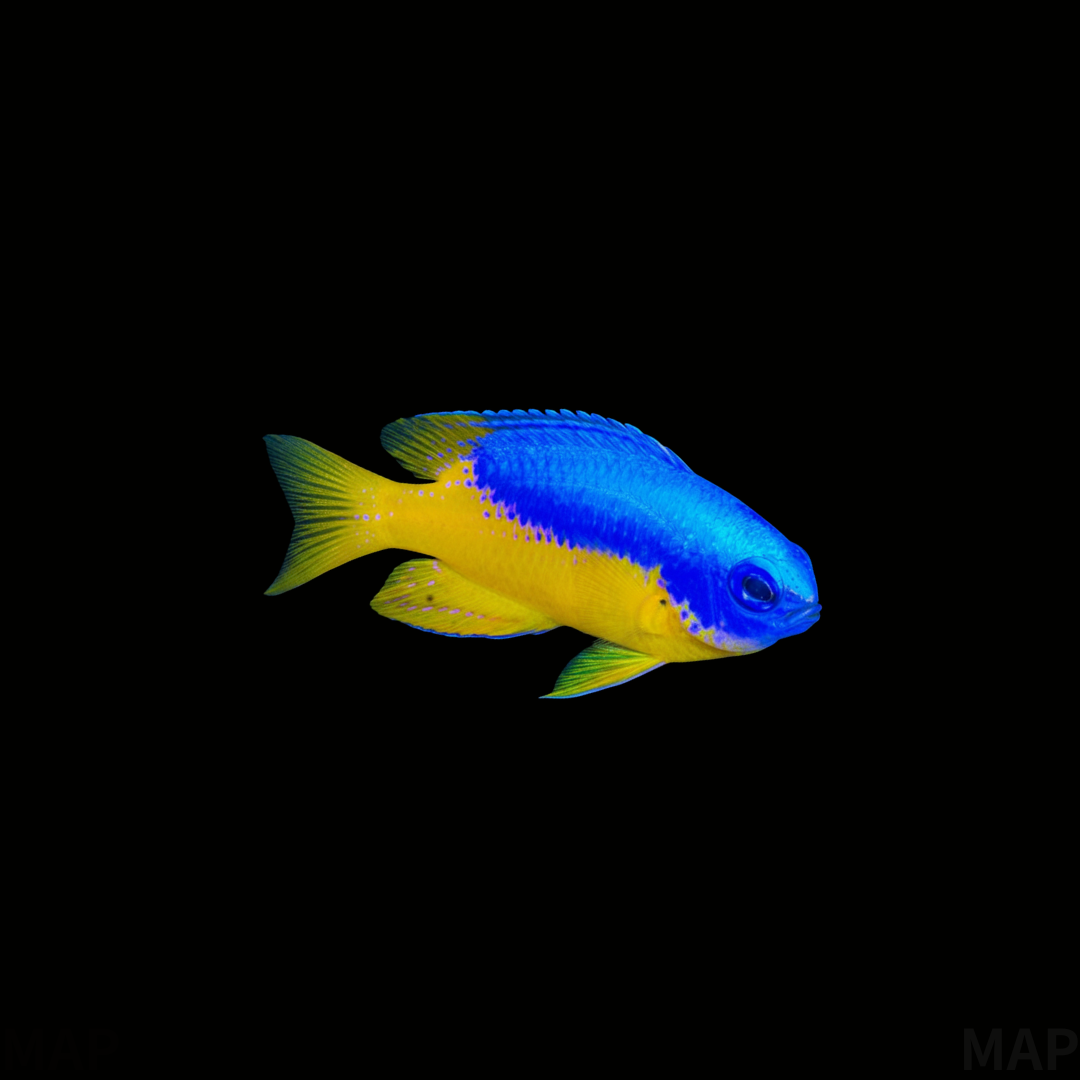






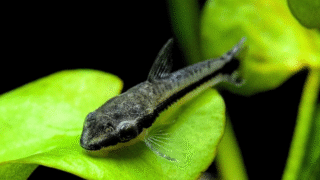
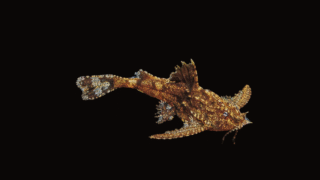
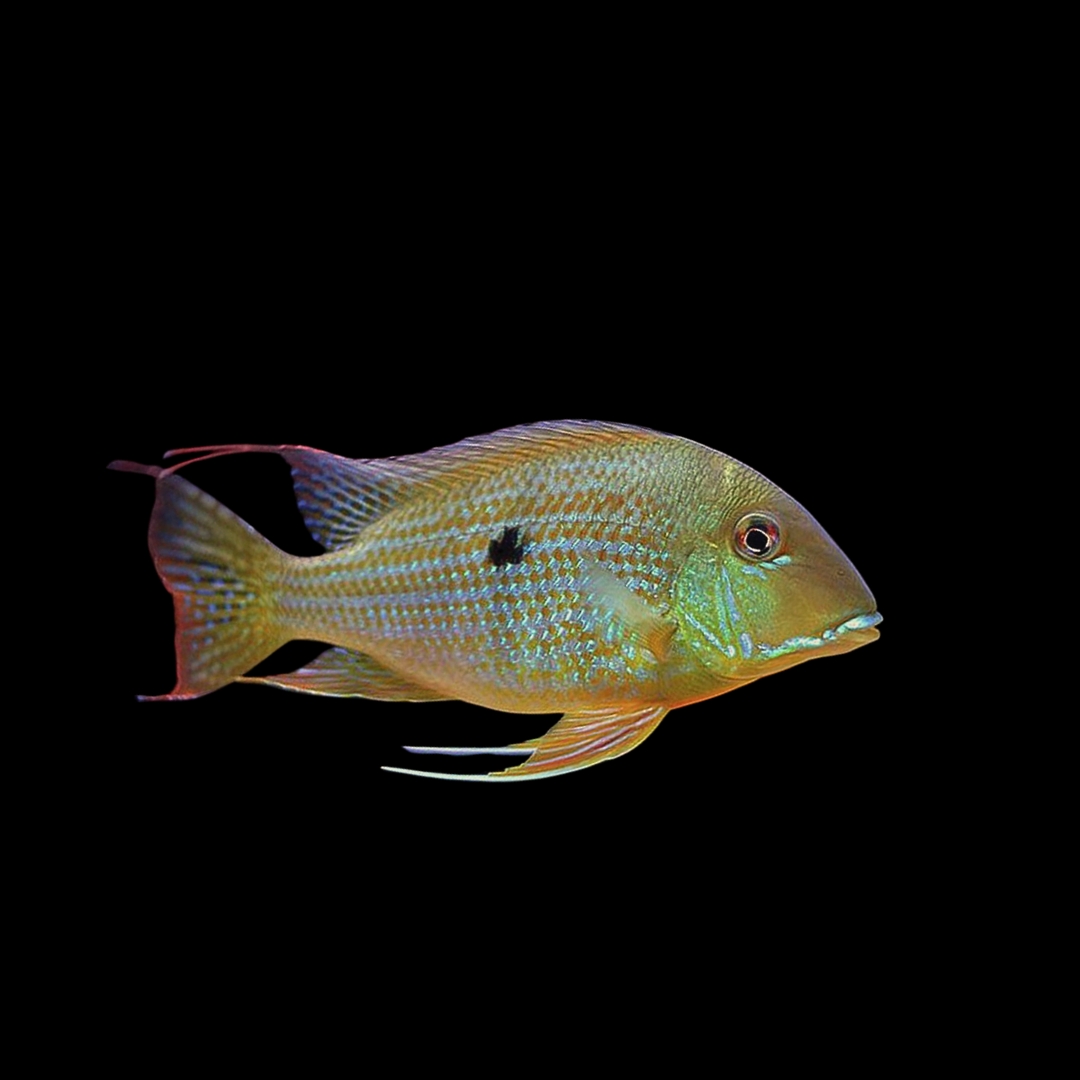
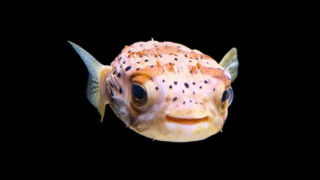

コメント